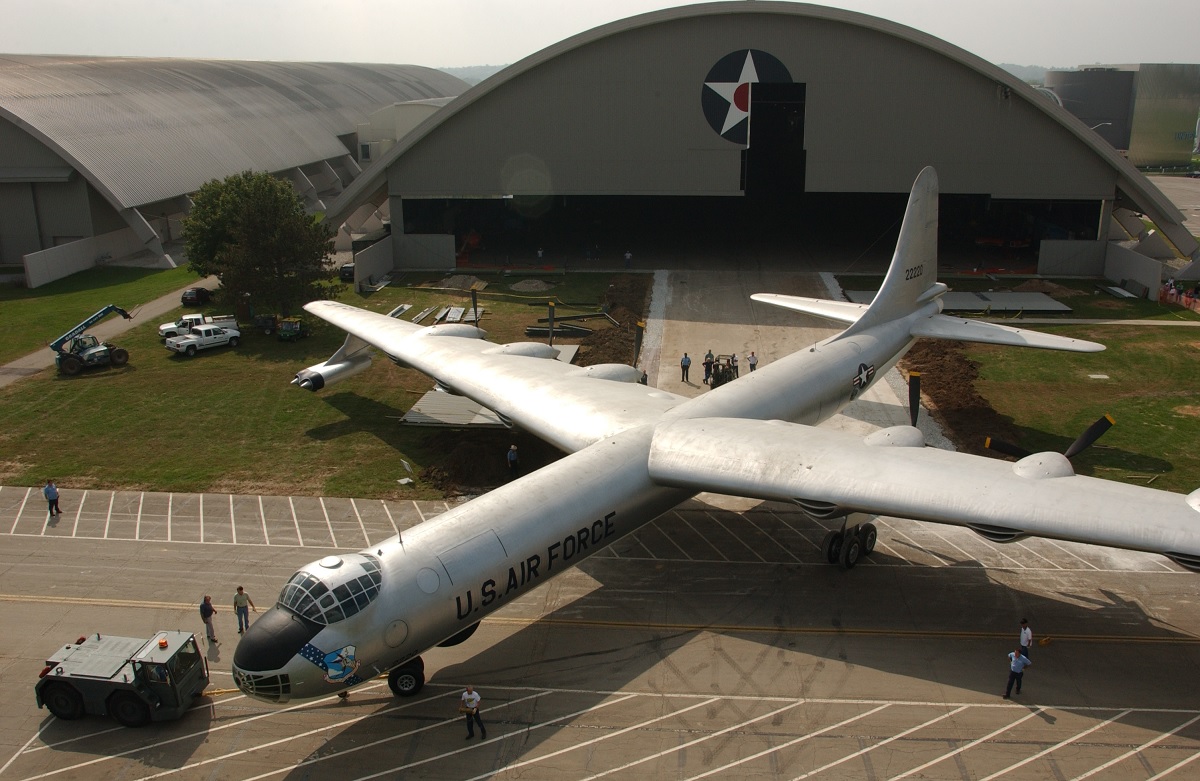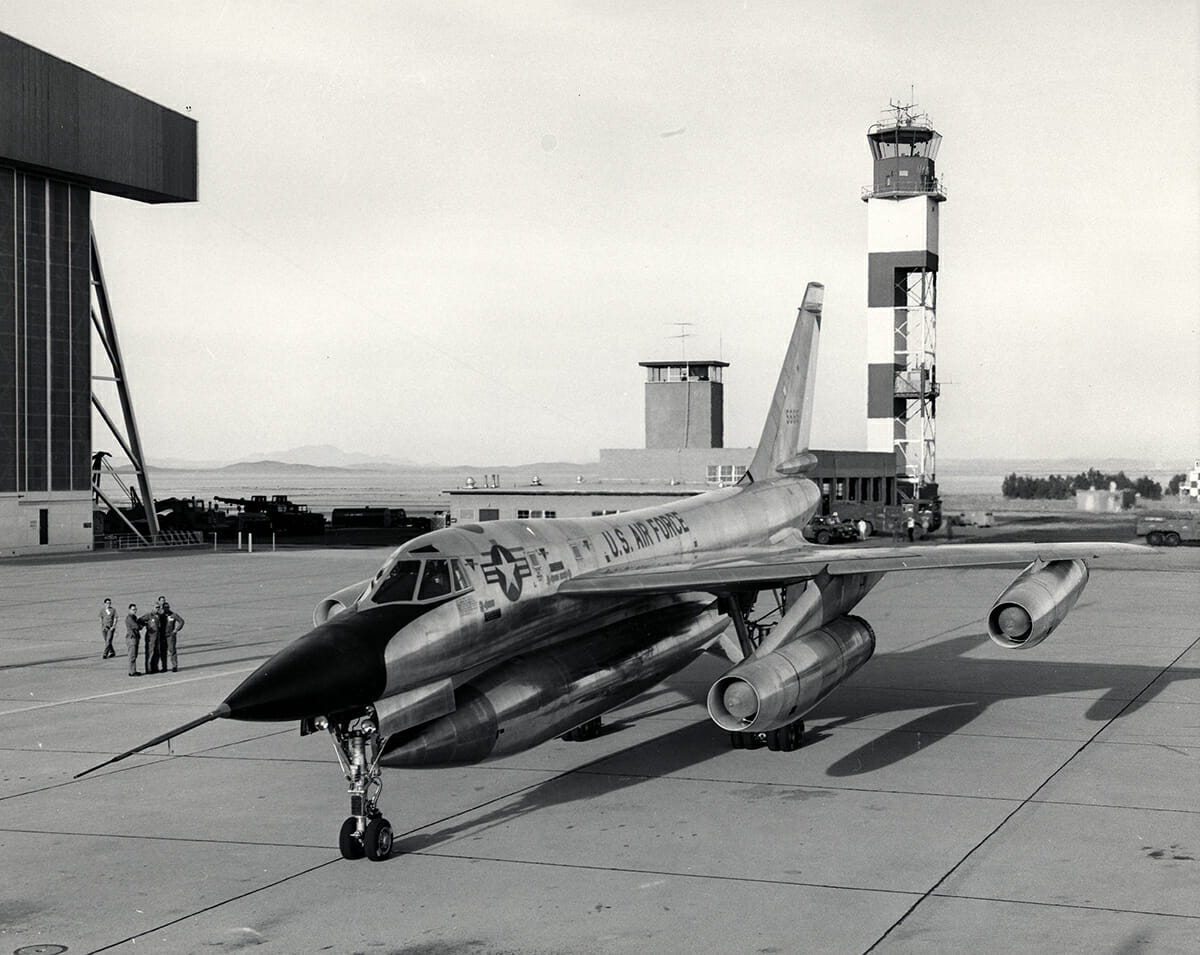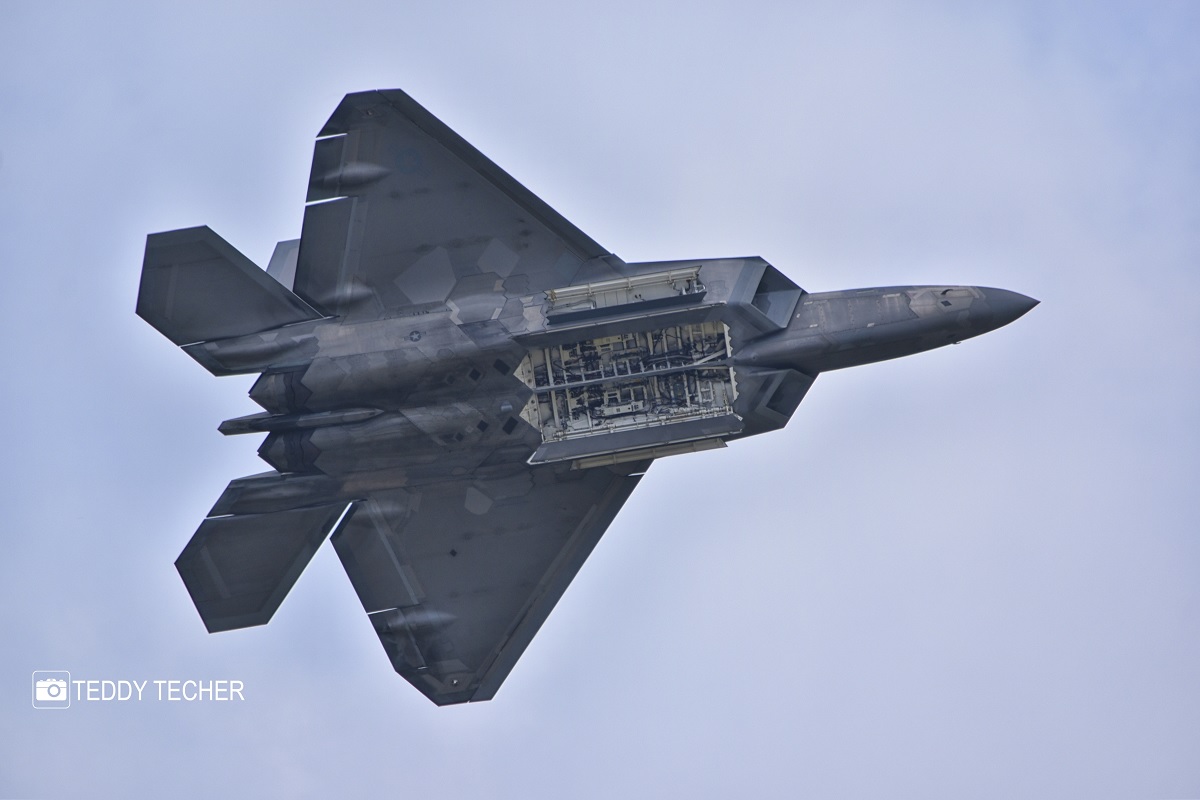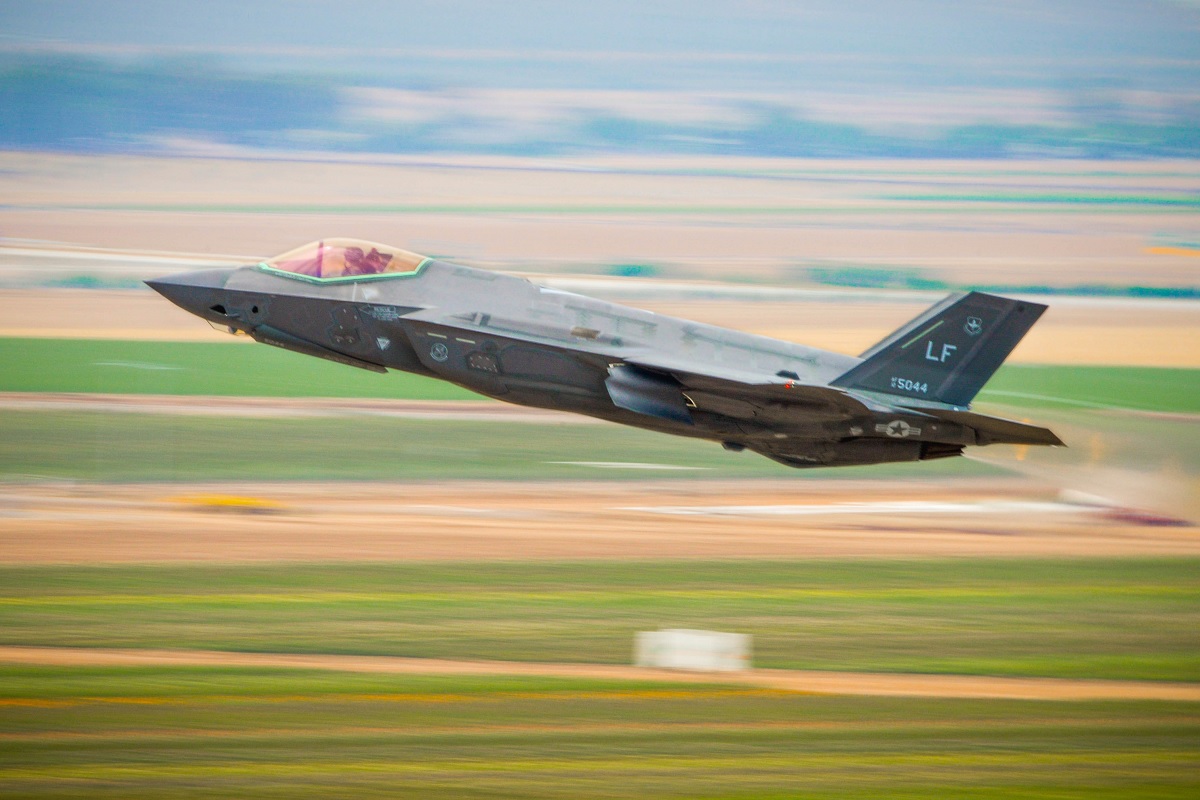Due to the facility’s emphasis on bombers in the 1940s and 1950s, the neighborhood gave it the nickname “the bomber plant,” which still lasts today
The Air Force Plant 4 in west Fort Worth reportedly started operating on April 18, 1942, according to the Lockheed Martin website.
The building process took less than a year to finish and the facility needed a lot of lighting and air conditioning because it had no windows and needed to meet the mandated blackout conditions during wartime, which came to a monthly cost of $282,000 today money.
Due to the emphasis on bombers in the 1940s and 1950s, the factory acquired a local moniker that has lasted to this day: the bomber plant. While some of the plants were still under construction in February 1942, production of the B-24 Liberator started. In the end, Fort Worth manufactured 2,743 B-24s.

Additionally, the facility started building another bomber, the B-32 Dominator, toward the end of World War II. These four-engine bombers were all made in Fort Worth, in a total quantity of 124.
Fort Worth built nearly 400 B-36 Peacemakers, the first intercontinental bomber, in the late 1940s and early 1950s. The B-36’s first flight took place in August 1946, and the Strategic Air Command (SAC) received its first operational B-36 in June 1948. The B-36J’s six Pratt & Whitney R-4360 engines gave it a cruising speed of 230 mph, while its four General Electric J47 engines allowed it to reach a top speed of 435 mph for short bursts of speed (thus the phrase “six turnings, four burning”) nuclear or conventional bombs weighing 86,000 pounds may be carried by the Peacemaker. Although the B-36 was never utilized in battle, it was a significant deterrent to enemy aggressiveness until it was eventually phased out in 1958.

The B-58 Hustler was first put into production in the late 1950s. The four-engine delta-winged aircraft, which made its first flight on November 11, 1956, was the first bomber in history built to maintain supersonic speeds throughout its mission profile. Convair produced 116 B-58s, including 30 test and prototype models and 86 operational aircraft. In the SAC between 1960 and 1970, hustlers flew. The B-58 set 19 world records for speed and altitude while also taking home five separate aviation medals. In 1970, the final B-58 was retired.
During World War II, more than 30,000 people, or nearly one in five Fort Worth citizens, worked at Air Force Plant 4.
The development and manufacture of the F-111, a supersonic, tactical attack aircraft, started in the early 1960s. The USAF F-111A first flew in December 1964, and the first production aircraft was delivered to the USAF in 1967. Fort Worth manufactured a total of 564, earning the company a new moniker: the “fighter factory.” 566 F-111s total, across all series, were produced. The F-111 was known as the Aardvark informally, but the name wasn’t given to it formally until it was retired in 1996.
When employment at AF Plant 4 peaked in the 1960s, some 30,000 people were employed there, primarily helping with the development and construction of the F-111 and its variants.
The RB-57F Canberra was a modest project created and constructed in Fort Worth during the 1960s. In fact, General Dynamics began converting 21 B-57 airframes —four of which were RB-57Ds— into RB-57Fs in 1963. This jet was a specially designed American strategic reconnaissance aircraft. Big Safari, a project of the Air Force. It was given to the Air Weather Service to conduct missions for atomic air sampling and weather reconnaissance and there are still three in use by NASA.
Early in the 1970s, the F-16’s development was underway. The F-16 was initially created as an air superiority day fighter that was compact, light, affordable, and engineered for great performance and simple maintenance. With its streamlined blended-wing body, fly-by-wire technology that kept the design stable, improved response time and boosted agility, and upgraded cockpit, the F-16 did just that and proved to be a game-changer among fighter jets.
The Fort Worth plant was a U.S. facility until the middle of the 1970s, an exclusive supplier to the Air Force. That changed with the F-16. The fighter was so inventive and effective that more than 4,500 of them were eventually constructed, 3,630 of which were in Fort Worth, for more than 25 countries. The F-16 production crew was able to deliver 30 jets per month at its highest production level in 1987. While there are still F-16s being produced today, the final one was delivered in September 2017.
The plant’s workforce had decreased to roughly 8,000 by the middle of the 1970s as F-111 manufacturing came to an end and the F-16 was still being developed. However, the number increased again in the 1980s, reaching over 30,000 by 1986, largely for the F-16.

The Fort Worth facility had to reinvent itself once more when the Cold War ended. The A-12 development program was canceled in 1991, which resulted in the loss of thousands of jobs, and F-16 manufacturing had slowed by the early 1990s. Both the facility and the Fort Worth community were going through a difficult time.
Employees, however, sought out creative ways to bring in fresh business while utilizing current initiatives, which finally insured the plant’s survival in Fort Worth. Sales of the F-16 entered new regions in Asia and the Middle East. Before it was sent to Marietta for final assembly, the F-22 Raptor’s mid-fuselage was constructed in Fort Worth under a contract.

The world’s most technologically advanced multi-role fighter, the F-35, has been substantially developed and produced in Fort Worth over the past two decades. Nearly 70 F-35s were produced in Fort Worth in 2017, and in 2019 that number increased to nearly 160. Over many decades, that number may surpass 4,000 aircraft. The F-35 supports more than 170,000 direct and indirect jobs across the country.
Photo by Edwards History Office file photo, Airman 1st Class Caleb Worpel U.S. Air Force, Lockheed Martin, and Teddy Techer


